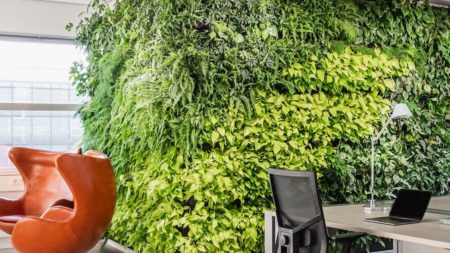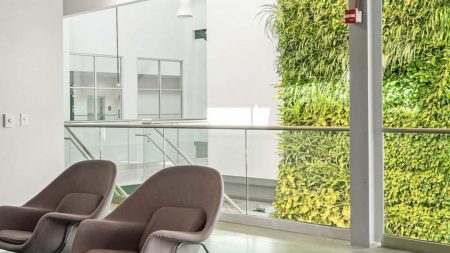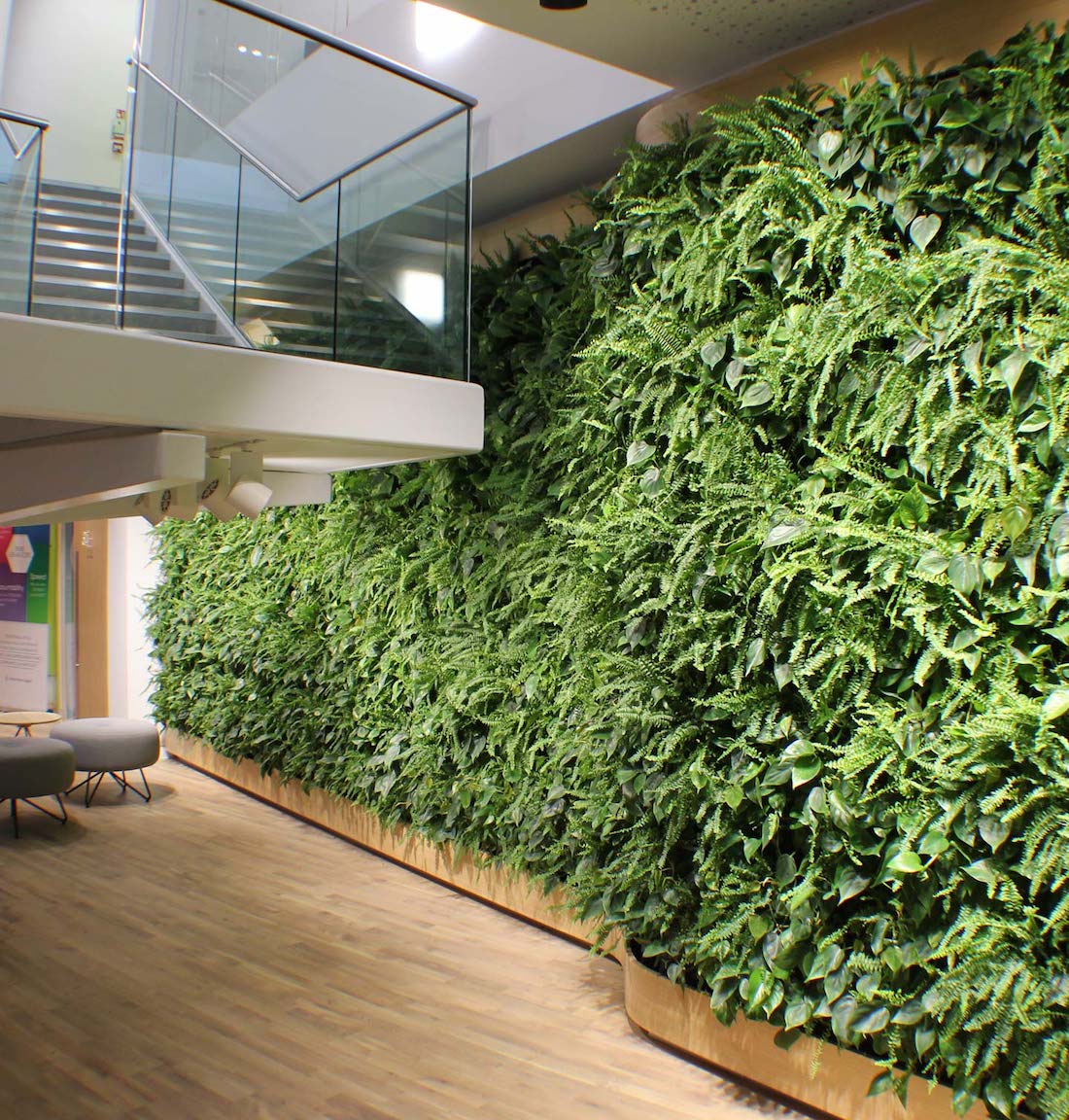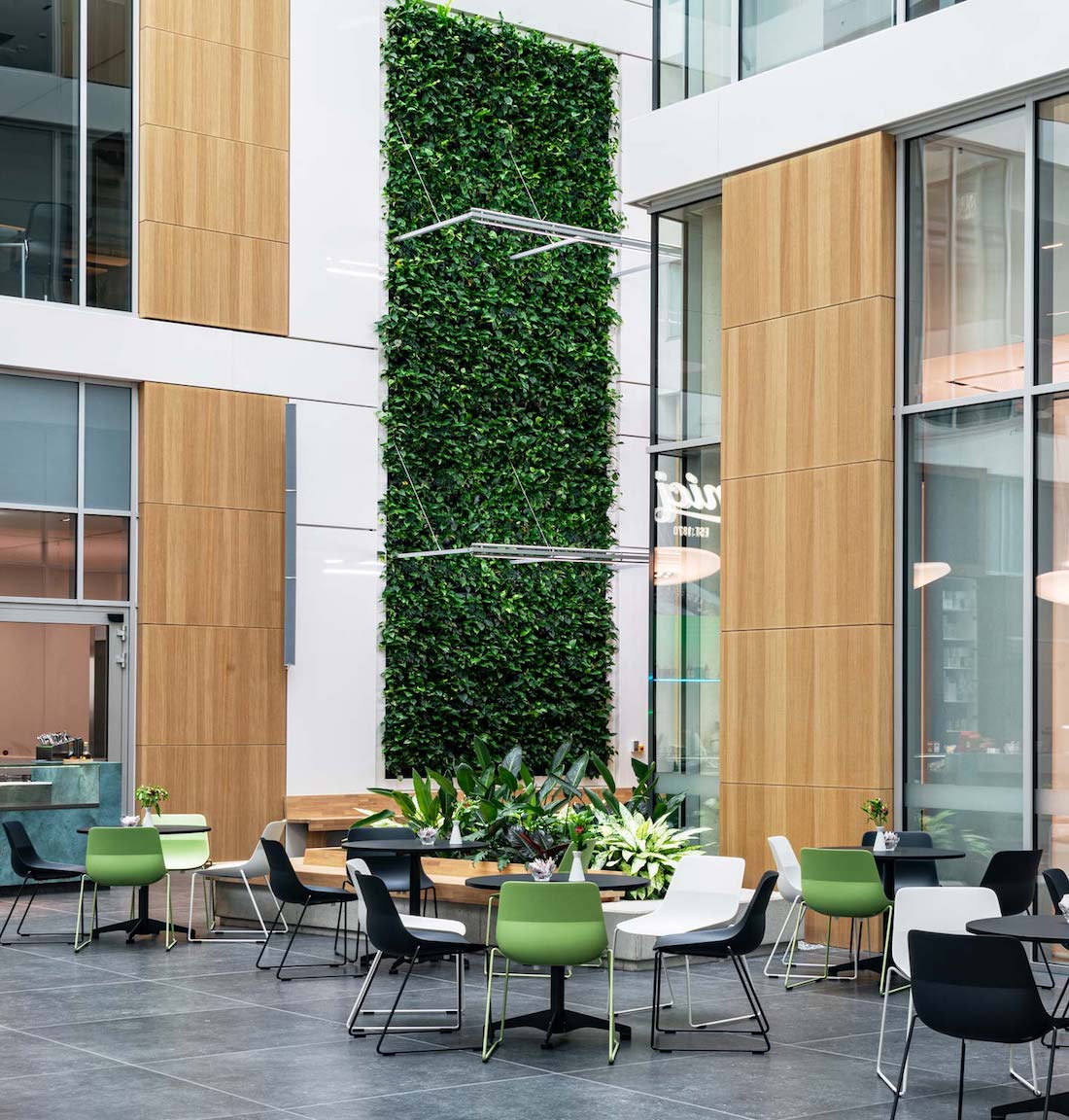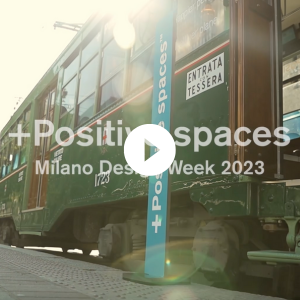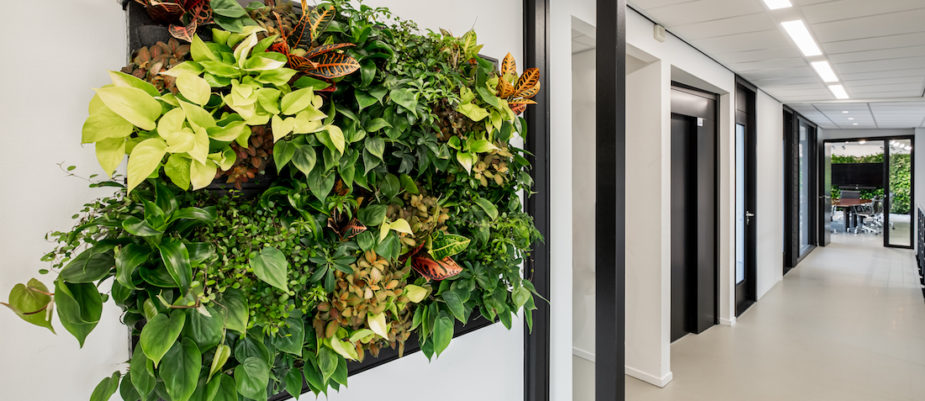
Connect with Nature in the workplace to gain psycho-physical wellbeing, helping us to ensure safe distancing and improve indoor air quality.
Bettina Bolten, Biophilic Design Consultant, explains in this article why these are the new frontiers of office design, especially in this period of coexistence with the pandemic and slow return to workplaces.
Because of the current global health emergency, we are experiencing a very stimulating moment in the history of Design and Architecture: new scientific knowledge is revolutionizing our knowledge on relationship between humans and the surrounding environment that can be decisive for our emotional feeling, our performance and our relationships with other people. Biophilic Design is one of these new knowledge.
In recent times we have realized that the lack of Nature in urban environments, in our homes and in our offices, create many problems.
Our desire to reconnect with Nature, felt very strongly especially during the recent lockdown period, is linked to our Biophilia, a term that combines two words of Greek origin: “bio” (life) and “filia” (love , affinity).
It is our “innate tendency to focus our attention on life forms and everything that reminds them and, in some circumstances, to affiliate with them emotionally.”
In the course of evolution, we humans have spent 99.9% of the time in close contact with Nature. Our physiology and psychology are still adapted to it and the more we manage to synchronize our rhythms of life today with those of Nature, the greater is our feeling of comfort and wellbeing.
A topic that is getting a lot of attention right now, along with school buildings, is about our workplaces.
This pandemic has revolutionized the way we approach work, with a strong increase in remote working, but it is also forcing companies that have always aimed to have fully engaged and productive employees, to find new solutions that increase performance, but which at the same time they allow workers to gradually return to their offices with maximum safety, promoting their psychophysical wellbeing.
Biophilic Design and vegetation indoor.
Biophilic Design is able to give valid answers to our need for contact with Nature in built environments.
In a short, this discipline has already managed to give a strong stimulus in rethinking environments which has now become of primary importance.
Biophilic Design is defined by the ecologist Stephe Kellert as the deliberate attempt to translate the affinity of Man with Nature – known as biophilia – in the design of artificial environments.”
Furthermore, Kellert himself states that “Biophilic Design is not about greening our buildings or simply increasing their aesthetics through the inclusion of trees and shrubs. It is much more, it concerns the role of humanity in Nature and the role of the natural world in human society.”
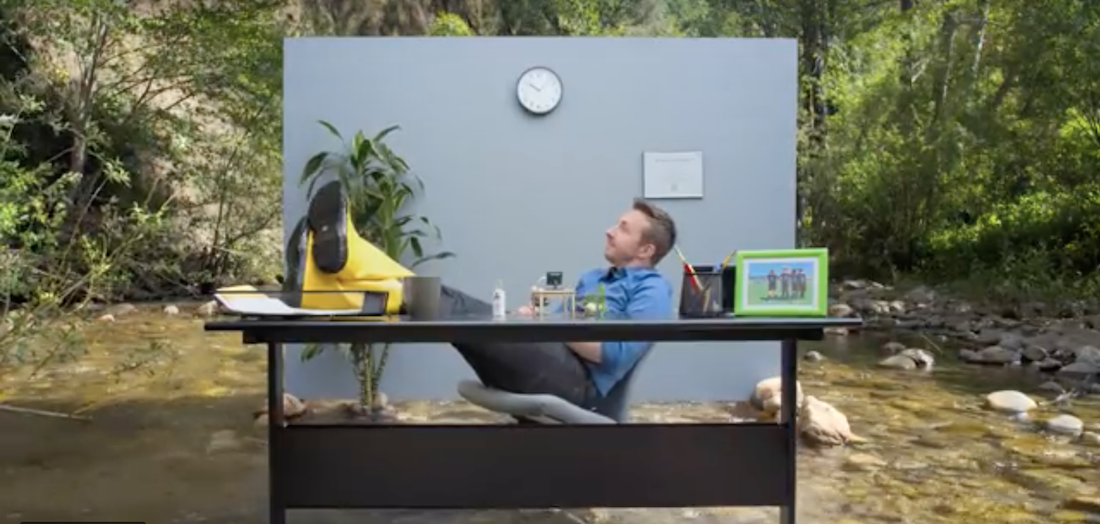
Among the 7 fundamental models of Biophilic Design that we published in a recent study (Bolten and Barbiero, 2020), there is also the theme of vegetation, because plants are essential to feel good indoors, as many scientific studies have shown.
However, not all plants are suitable for keeping us company and they must be chosen with great care and with the help of experts. Each plant has its own characteristics, which must be carefully considered before inserting them in the workspaces.
The main functions of greenery.
Alongside the important functions of air purification and humidity regulation, plants can also take on other functions:
we can use them to create vertical and horizontal dividers to ensure the social distancing imposed by the covid-19 emergency;
they can contribute to acoustic comfort thanks to their sound-absorbing qualities;
plants in interiors also have multiple beneficial psychic effects we are now able to measure:
on a cognitive level, they accelerate the attention regeneration process and make thinking clearer; emotionally, they reduce stress.
Plants with their beauty and apparent immobility invite us to contemplation, stimulating our innate Biophilia which leads to a decrease in the level of cortisol in the blood and consequently a faster recovery from a state of stress.
Overall, the evidence of the experiments conducted suggests that contact with Nature, such as the view of a park or garden from a window, the presence of plants and vegetal walls inside and outside buildings , but also images and paintings with natural motifs, can fuel positive psychological responses such as increased productivity, less absenteeism, greater relaxation, more contentment, less aggression and a reduced workers’ level of stress.
Of course, these benefits also come with many economic benefits, both for employers and for whole society.
Text by Bettina Bolten, Biophilic Design Consultant.
Photo courtesy HW Style

